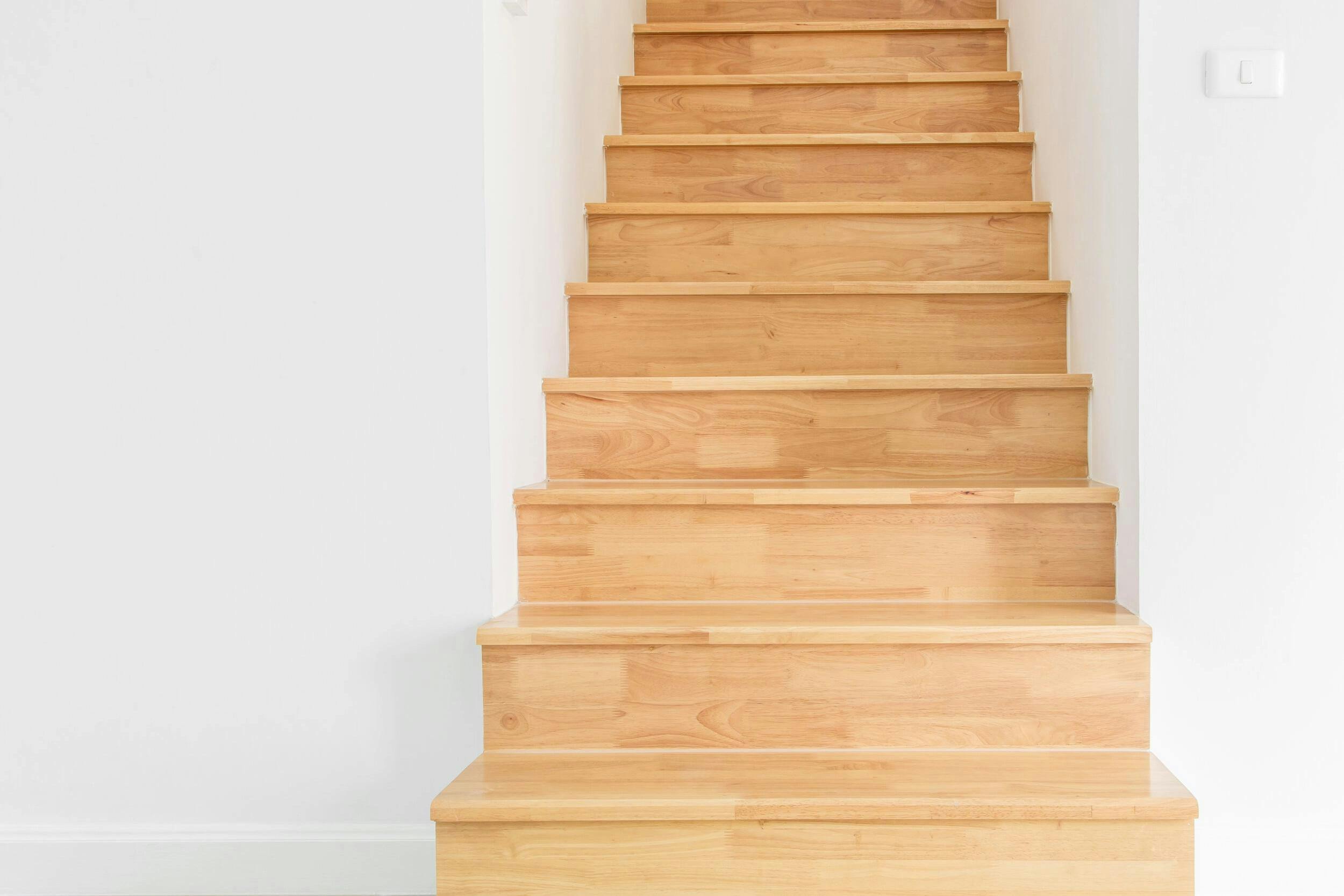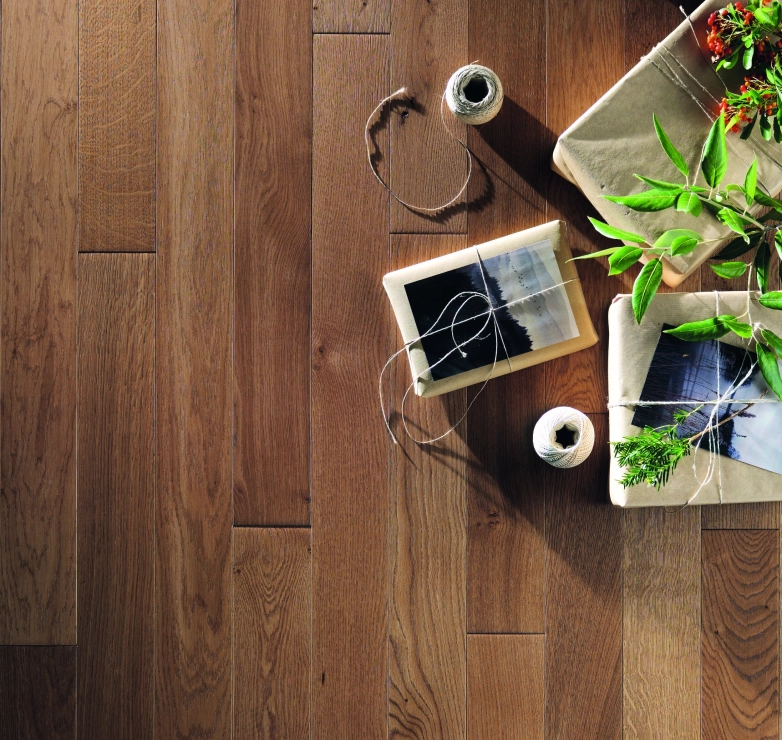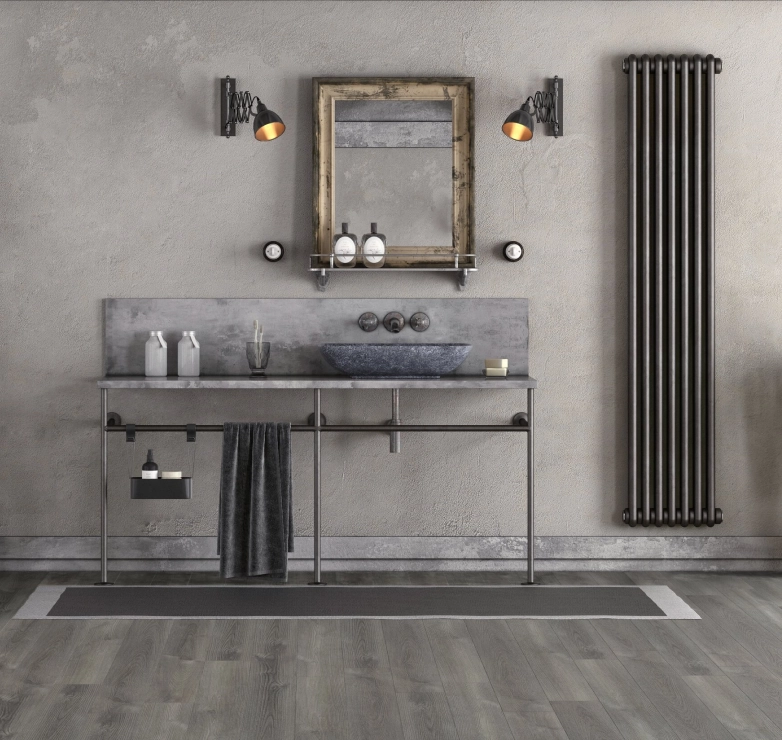What Are The Risks of Wood Flooring on the Stairs
The biggest argument against having hardwood flooring installed on stairs is the issue of safety.
Stairs are a major hazard with one person in the UK falling on stairs every 90 seconds, making it the most common area of the home to sustain injuries.
As a result, many homeowners opt for a soft and safer type of flooring in this area, such as carpet, in order to decrease the chances of a serious, or even fatal, injury should someone fall or trip on the stairs.
The risk increases for those who are more vulnerable such as the elderly, children and those who are less able-bodied.
Hence, if you have people living in, or regularly visiting, your home who are at increased risk of having an accident on the stairs, then you may want to rethink getting hardwood flooring installed - or at least look at ways to protect them if you do choose to install it.
One option could be to have hardwood flooring installed and then fit a stair runner over it.
A stair runner is a piece of carpet that doesn’t cover the full width of the stairs so the hardwood will still be exposed on either side. Not only does this protect people from falling on a tough surface, but it also looks stunning.
The only other downsides that you are likely to hear when it comes to wood floors on stairs are that it takes far longer to install and it doesn’t absorb sound very well.
Though both are true, whether or not they should have an impact on your decision is solely down to your personal preference and needs.




